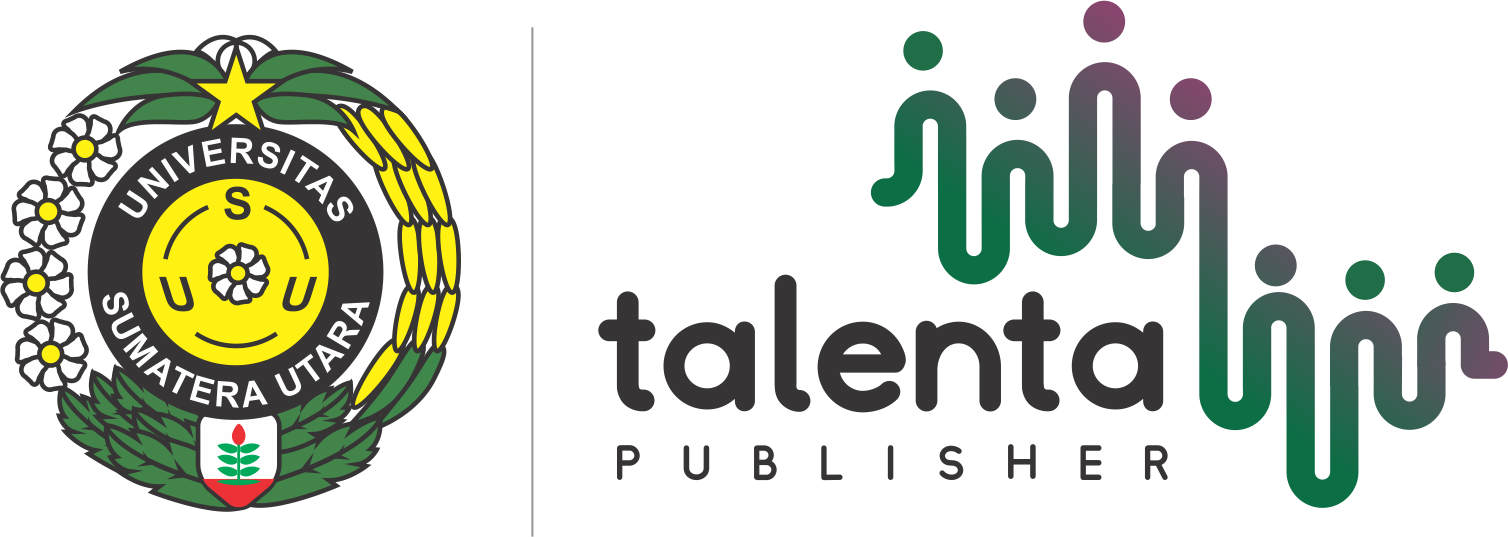Perancangan dan Pengembangan Sedotan Buah Edibel Ramah Lingkungan Menggunakan Pendekatan Nigel Cross
| Authors | ||
| Issue | Vol 8 No 1 (2025): Talenta Conference Series: Energy and Engineering (EE) | |
| Section | Articles | |
| Section |
Copyright (c) 2025 Talenta Conference Series: Energy and Engineering (EE)  This work is licensed under a Creative Commons Attribution-NonCommercial-NoDerivatives 4.0 International License. |
|
| Galley | ||
| DOI: | https://doi.org/10.32734/ee.v8i1.2588 | |
| Keywords: | Edible Straw Quality Funtion Deployment Desain Produk Product Design | |
| Published | 2025-07-28 |
Abstract
Indonesia menjadi salah satu kontributor utama sampah plastik global, terutama dalam bentuk sedotan plastik. menurut divers clean action (2018), sebuah organisasi yang bergerak di bidang pelestarian laut, penggunaan sedotan plastik di indonesia mencapai lebih dari 93 juta batang setiap hari pada april 2018. untuk mengurangi dampak limbah tersebut, berbagai alternatif ramah lingkungan mulai diperkenalkan, seperti sedotan kertas, stainless steel, akrilik atau kaca, serta sedotan yang bisa dikonsumsi (edible drinking straw). di tanah air, penggunaan sedotan edible masih sangat minim. sedotan jenis ini dibuat dari bahan alami yang mudah terurai dan dapat dimakan. proses pembuatan melibatkan penggunaan fruit leather, yakni lembaran yang terbuat dari puree buah, serta lapisan edible film sebagai pelindung. dalam merancang produk ini, metode nigel cross akan diterapkan. desain sedotan edible meniru bentuk sedotan plastik konvensional, berupa tabung panjang dan lurus. produk ini mengandung serat nanas dan dilapisi edible film untuk meningkatkan daya tahan serta menjaga ketahanan terhadap suhu panas maupun dingin.
indonesia is one of the world’s largest contributors to plastic waste, particularly plastic straws. according to divers clean action (2018), a marine conservation volunteer organization, indonesia uses over 93 million plastic straws daily as of april 2018. to tackle this waste issue, various eco-friendly alternatives have been introduced, including paper straws, stainless steel, acrylic or glass straws, and edible drinking straws. however, edible straws are still rarely used in indonesia. these straws are made from natural, biodegradable materials that are safe to consume. their production involves the use of fruit leather—thin sheets made from fruit puree—coated with an edible film for protection. the product design will apply the nigel cross method. the edible straws are designed to resemble conventional plastic straws, featuring a long, straight tube shape. this product contains pineapple fiber and is coated with an edible film to enhance durability and resistance to both hot and cold temperatures.





